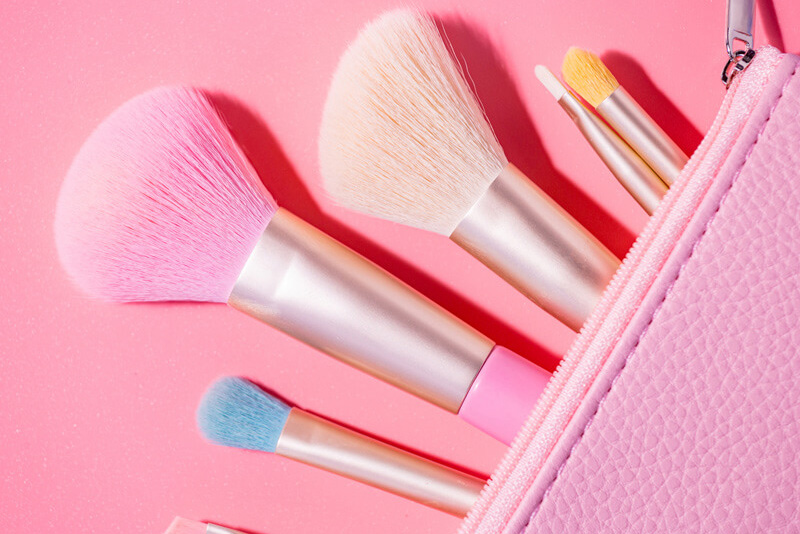
Specialists break down the professionals and cons of the 2 important lessons of sunscreen – mineral and chemical.
Day by day sunscreen utility is an acknowledged very important protecting methodology towards dangerous ultraviolet (UV) solar radiation, notably in Australia, which has one of many highest charges of pores and skin most cancers on this planet.
However there stays some confusion across the distinction between the 2 broad lessons of sunscreen – mineral and chemical – and which one to make use of.
Mineral and chemical sunscreen 101
Dermatologist Dr Leona Yip explains that the important thing distinction between mineral and chemical sunscreens is the best way they defend the pores and skin.
“The first method mineral sunscreens work is to bounce UV rays off the pores and skin and mirror them away,” says Dr Yip.
“Alternatively, chemical sunscreens take up UV radiation and convert it into warmth, altering it into one other type of power and due to this fact mitigating its results.”
- Harsh rays: Tips on how to save your pores and skin in summer season
Understanding mineral sunscreen
Mineral sunscreen (also referred to as bodily, inorganic or reflectant sunscreen) comprises zinc oxide and titanium oxide.
Dermatologist Dr Katherine Armour explains these are “near-ideal sunscreen components” as a result of they not solely “defend the pores and skin towards the complete UV spectrum” however are additionally mild sufficient to be tolerated by most pores and skin sorts.
“They’re notably applicable for these with delicate pores and skin circumstances like eczema and rosacea,” provides Dr Armour.
However the principle draw back of mineral sunscreens are its bodily qualities.
“Traditionally, mineral sunscreens tended to go away a white, ghosted color on the pores and skin and had been tough to rub in,” says Dr Armour.
“Nonetheless, latest technological developments have seen some enhancements within the look and value of mineral sunscreens.”
Understanding chemical sunscreen
“Chemical sunscreens typically comprise a mixture of components to supply protection towards each UVB and UVA radiation,” says Dr Armour, noting that widespread inclusions are “avobenzone, dioxybenzone, ecamsule, Tinosorb, octyl salicylate, and octyl methoxycinnamate”.
The most important drawcard of chemical sunscreens is their gentle and easy-to-apply formulations, which Dr Armour notes are “undetectable on the pores and skin and nice to make use of”.
The flipside is these formulations could cause “contact allergic reactions or rash upon utility”.
“Chemical sunscreens may trigger a stinging sensation on very delicate pores and skin, particularly for these with rosacea or eczema,” says Dr Armour.
Chemical vs mineral sunscreen: What’s the decision?
The overwhelming majority of sunscreens accessible are a mixture of each chemical and mineral sunscreen.
However in a two-horse race, mineral sunscreens are these specialists’ choice.
“They’ve a superb security profile, have a low threat of inflicting irritation or allergic reactions and are applicable in all age teams, even in very younger kids over six months previous,” says Dr Armour.
Nonetheless, Dr Yip says that if the bodily traits of mineral sunscreens are off-putting, then any sunscreen (whether or not it’s a mixture or chemical sunscreen) is best than none.
“Finally one of the best sunscreen is the one that you just’re going to make use of,” says Dr Yip.
“Despite the fact that bodily sunscreens have a slight benefit, it’s higher to make use of a chemical or mixture sunscreen if it means you gained’t thoughts placing it in your pores and skin on daily basis.”
No matter formulation, Dr Yip provides that appropriate utility is significant.
“Apply sunscreen a minimum of 20 minutes earlier than going outdoors and use a complete of seven teaspoons of sunscreen in your physique, together with one only for the face, ears and neck,” she says.
- Finest safety: Are you utilizing sunscreen appropriately?
Keep in mind these high sunscreen suggestions:
- Use a SPF30 or increased broad-spectrum, waterproof sunscreen.
- Apply to any pores and skin not coated by clothes a minimum of 20 minutes earlier than going outdoors.
- Use about seven teaspoons of sunscreen on your entire physique.
- Reapply after two hours, after swimming or extreme sweating.
- For one of the best solar safety, additionally cowl up with clothes, a broad-brimmed hat, shade and sun shades.
Supply: SunSmart
Written by Sharon Hunt.

